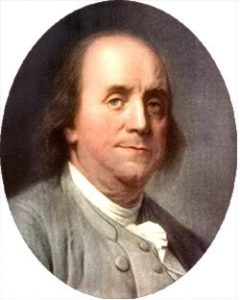When William Shakespeare penned Romeo’s famous line, What’s in a name? That which we call a rose by any other name would smell as sweet, he invoked a universal truth —how you perceive a thing is more important and more powerful than the name you assign it.
Most of the time, that is.
 But as Frank Luntz, head of the Luntz Research Companies in Washington, D.C. points out, choosing one word over another can make a huge difference in how your company is perceived. In his book Words that Work, Luntz shares statistics and insights from the political arena that also apply to the business world:
But as Frank Luntz, head of the Luntz Research Companies in Washington, D.C. points out, choosing one word over another can make a huge difference in how your company is perceived. In his book Words that Work, Luntz shares statistics and insights from the political arena that also apply to the business world:
“… by almost two-to-one, Americans say we are spending too much on welfare (42 percent) rather than too little (23 percent). Yet an overwhelming 68 percent of Americans think we are spending too little on assistance to the poor, versus a mere 7 percent who think we’re spending too much.”
As Luntz points out, welfare is assistance to the poor. The difference in public response is in the positioning and phrasing. Welfare has a negative connotation. Assistance to the Poor sounds compassionate and charitable. His results were similar in a survey regarding taxes to further law enforcement versus taxes to halt the rising crime rate. While the terms essentially point to the same thing, one was viewed as increased administrative costs, and the other as achieving a desirable result – making our world safer.
Back to Business
How your customers view your product or service is directly related to the words and phrases you choose to use in marketing and advertising, just as public opinion is swayed by the conscious word choices of politicians. According to Luntz, for example, accountability trumps professionalism and responsibility because it is the only one of the three that implies enforcement. Learn to weigh the impact of your words and designs carefully, and you’ll soon find that attending to Shakespeare’s question, What’s in a name? can make a difference in your sales, and help you turn thorns into roses.

 Drilling 200 feet below the earth’s surface in Vermillion County, Illinois, coal miners found the remains of a 15-square mile fossilized rain forest.
Drilling 200 feet below the earth’s surface in Vermillion County, Illinois, coal miners found the remains of a 15-square mile fossilized rain forest.